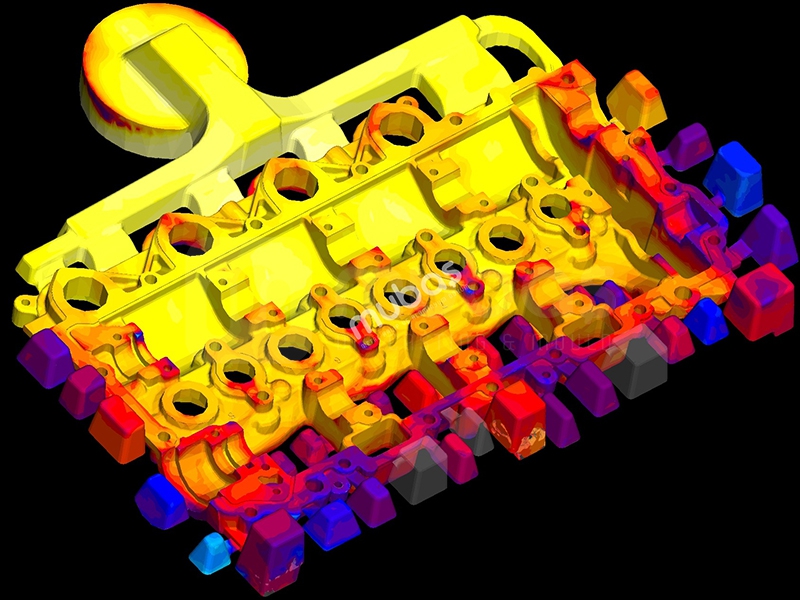R&D and project design in aluminum injection casting
Aluminum injection casting research and development (R&D) and design involves a variety of stages, including:
Concept development: The initial stage of R&D and design involves the development of concepts and ideas for the aluminum casting. Conceptual designs are created using 3D CAD software, which allows for the exploration of various design options.
Feasibility analysis: The feasibility of the conceptual designs is evaluated by analyzing the technical, economic and environmental aspects. This helps to identify any potential challenges or limitations that may need to be addressed.
Prototype development: A prototype of the aluminum casting is developed and tested to verify that the design is functional and can be produced using the injection casting process.
Material selection: The appropriate aluminum alloy is selected based on the properties required for the casting and the intended application.
Mold design: The mold design is developed and optimized for the casting process, taking into account factors such as the geometry of the part, the size and shape of the mold, and the flow of the aluminum alloy into the mold.
Process optimization: The injection casting process is optimized to ensure that the casting process is efficient and produces high-quality parts.
Testing and validation: The final design is tested and validated to ensure that it meets the required specifications and standards.
Production: Once the design is finalized, the mold is manufactured and used for mass production using the injection casting process.
Research and development and design in aluminum injection casting is a continuous process that involves a constant improvement in terms of product quality, cost-effectiveness and environmental performance.
